The current versions of the Cadillac CT4 and CT5 models – including high-performance Blackwing packages – will be dropped at the end of the 2026 model year – though a replacement for the bigger sedan is set to follow in 2027.
Cadillac continues to shake up its line-up, the automaker’s global vice president revealing plans to pull both of its current sedan models, the CT4 and CT5 — including the two high-performance Blackwing models — from production at the end of the 2026 model year.
There is a replacement in the works for the bigger of the two models, however, reflecting a shift in the luxury brand’s electrification strategy. The CT5 will return – powered by an internal combustion engine – for the 2027 model year. It will be produced at the brand’s Lansing Grand River Assembly Plant which was previously set to go through a $1.4 billion changeover to EVs.
“The CT4 will continue through June 2026 and the CT5 until the end of 2026,” Caddy VP John Roth said in a statement released to the Cadillac V-Club website. Rother went on to write, “I am thrilled to confirm that the legacy of the CT5 will continue as a next-generation internal combustion engine (ICE) vehicle in a future model year.”
Shifting market, shifting plans
The decision to pull the two sedans from production wasn’t entirely unexpected. Sales of the current-generation CT5 fell 3.2% during the third quarter of this year, even while Cadillac itself posted its highest volume in a decade, with an 8% year-over-year increase. The CT4 did gain some traction, up 1.7% for the quarter, but sales totaled just 1,422 for the three-month period. Considering Caddy has 565 U.S. dealers, that worked out to less than one per outlet each month.
Of course, sedan sales, in general, have continued sliding in recent years, and Cadillac is by no means the only luxury brand to continue shifting resources to utility vehicles – here including the XT4, XT5, XT6 and Escalade models.
Meanwhile, Cadillac scored well with its expanding line-up of electrified models during Q3, delivering 7,309 of the original Lyriq models, while demand has been growing for newer EVs, including the Vistiq, Optiq and Escalade IQ.
Recommitting to ICE
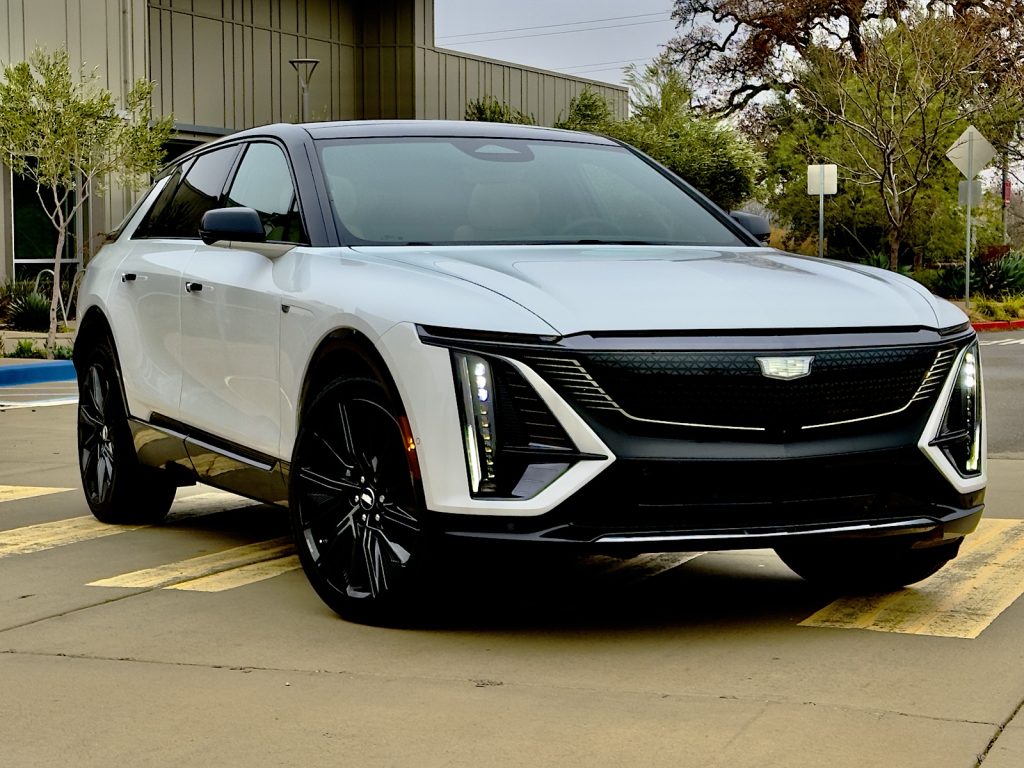
Sales of Cadillac EVs, like this Lyriq, have been strong this year, but the brand isn’t ready to give up ICE power.
That said, Cadillac planners are clearly reading the tea leaves and, with Congress having eliminated federal EV tax credits as of September 30, it’s become clear that demand for all-electric models is likely to slump during the final three months of 2025, with most analysts expecting slower growth for the rest of the decade.
That’s obvious in the revised plans for the Lansing plant where the next-generation CT5 will be assembled. In July 2024, Jennifer Granholm, the former Michigan governor and then the Secretary of Energy for the Biden administration, visited the factory to announce a $500 million grant to help convert the factory to produce EVs. General Motors was to invested another $900 million of its own.
That plan now has been scrapped, however. Instead, GM will invest $1.25 billion in the factory, located near the Michigan capital, to continue producing gas-powered vehicles.
More Cadillac News
- EV Sales Help Cadillac Deliver Best Sales in Years
- First Drive: 2026 Cadillac Optiq
- Cadillac Gets its First All-Electric V-Series
White House pulls the plug
Even before Pres. Donald Trump’s January 2025 inauguration, Roth was indicating Cadillac would delay its promised shift to becoming an all-electric brand. But moves made by the current White House occupant have clearly changed the tenor of the broader EV transition. Trump has pulled back funding for a nationwide charging infrastructure and revised federal emissions standards favoring EVs.
The administrating is now indicating it may pull more than $1 billion in grants that would back operations at 11 U.S. auto plants. The Energy Department, in particular, may pull $650 million for two factories in Michigan, noted the Detroit Free Press. But GM said that was not a factor in shifting plans for the Lansing plant.
“At this time, we have not received new information about our previously approved Department of Energy grant, and our decision to bring a next generation CT5 to Lansing Grand River Assembly is not connected to that process,” GM said in a statement. “A gas-powered vehicle would not qualify for the previously approved manufacturing conversion grant, however, we will work with the DOE on any next steps to support American innovation, jobs and manufacturing.”
GM CEO Mary Barra continues to hold to her mantra calling for a shift to an “all-electric future,” though she has indicated it will take substantially longer than when first envisioned. Shifting plans, like the move in Lansing, were blamed for a $1.6 billion write-off the automaker is taking for the third quarter.

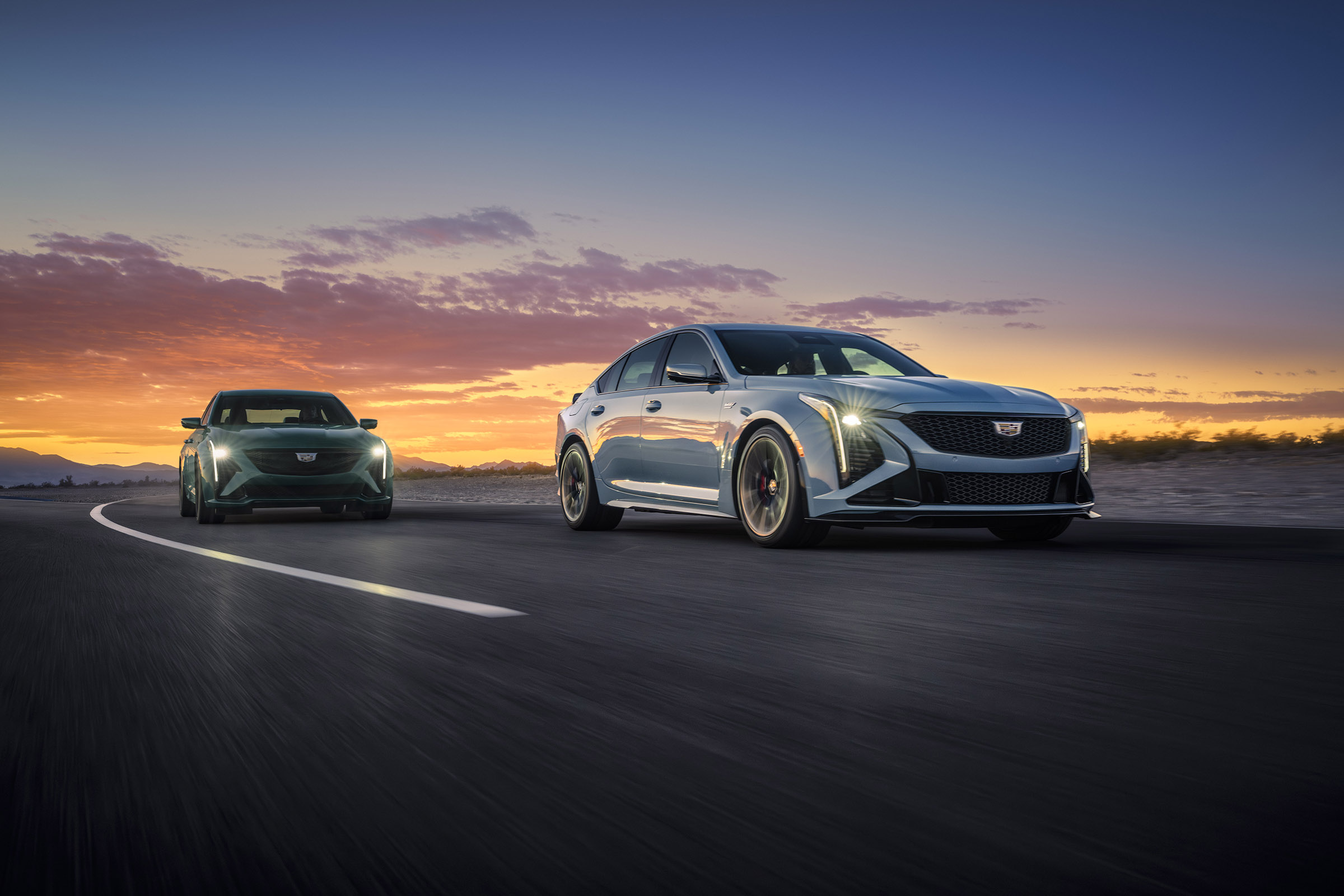
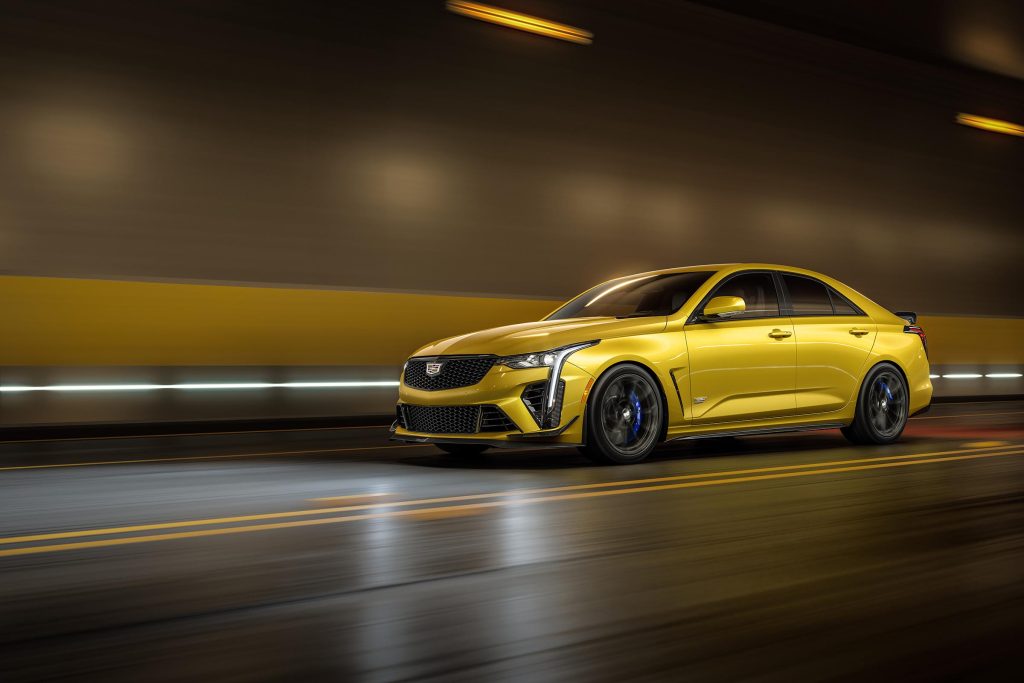
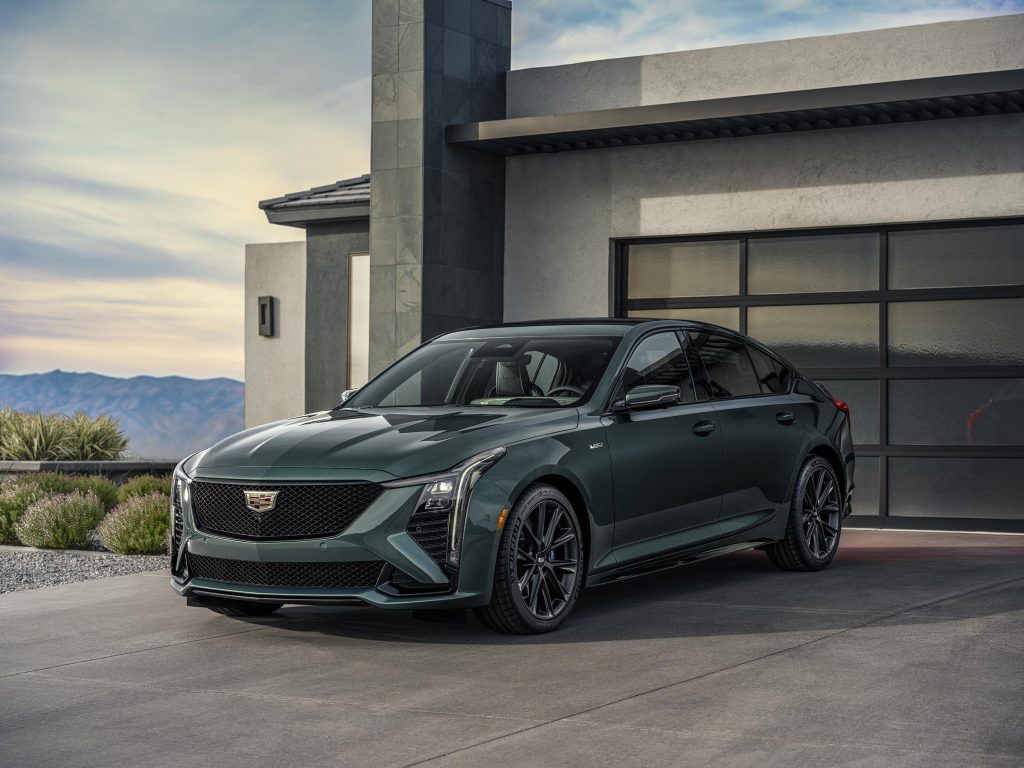





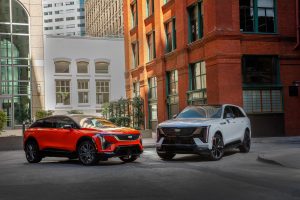
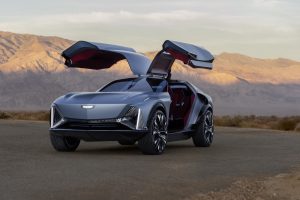
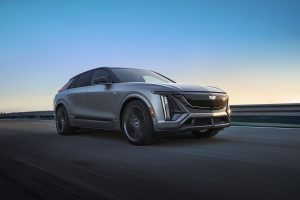
Caddy and Lincoln should both be retired.